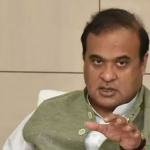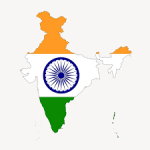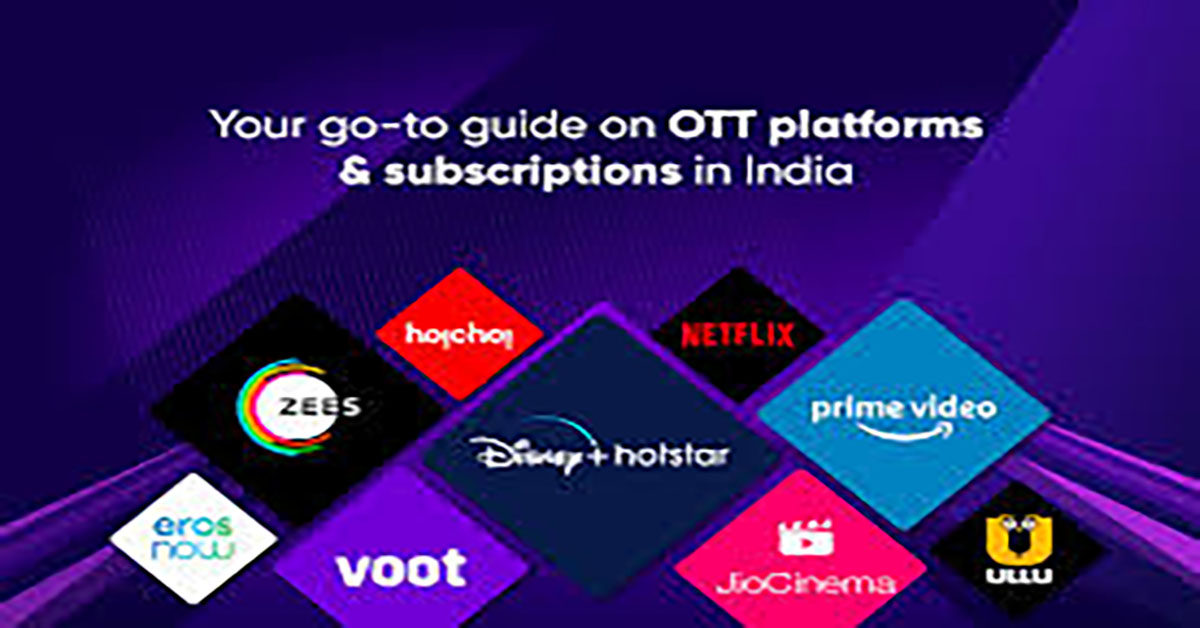Introduction
In the contemporary landscape, “Over-the-top (OTT) platforms” have transformed global content consumption, and India is no exception to this trend. Over the last decade, the OTT sector in India has experienced remarkable growth, fueled by enhanced internet access, the affordability of smartphones, and a shift in consumer behavior favoring on-demand content. This article examines the development of OTT platforms in India, highlighting their expansion, major contributors, technological innovations, and the obstacles they encounter.
Early Beginnings
The inception of OTT platforms in India can be traced back to 2008 with the introduction of BIGFlix by Reliance Entertainment, marking a pivotal moment in the launch of digital streaming services within the nation. However, a significant transformation occurred around 2015, when international players such as Netflix and Amazon Prime Video entered the market, catalyzing the evolution of OTT services in India.
Growth Drivers
A variety of factors have propelled the swift expansion of OTT platforms in India:
Internet Penetration: The widespread availability of high-speed internet, particularly following the launch of Reliance Jio in 2016, has been instrumental. Jio’s cost-effective data plans have facilitated internet access across diverse regions, including rural areas.
Smartphone Adoption: The decreasing costs of smartphones have made these devices accessible to a broader audience, allowing more individuals to stream content while on the move and contributing to the rising trends in OTT content consumption in India.
Changing Consumer Preferences: There has been a notable transition from conventional television viewing to on-demand content, driven by the convenience and variety that OTT platforms provide.
Key Players
The Indian OTT market is characterized by intense competition, with several prominent players leading the industry:
Netflix: Entering the Indian market in 2016, Netflix rapidly gained popularity due to its extensive content library, which features original series and films specifically designed for Indian viewers, thereby contributing to the expansion of OTT platforms in the country.
Amazon Prime Video: Launched in India in 2016, Amazon Prime Video provides a blend of international and local content, including exclusive premieres and regional films.
Disney+ Hotstar: Initially introduced as Hotstar in 2015, it rebranded to Disney+ Hotstar in 2020 following Disney’s acquisition of 21st Century Fox. The platform is recognized for its comprehensive sports offerings and regional programming.
SonyLIV: As one of the pioneers in the market, SonyLIV presents a wide array of content, encompassing television shows, films, and live sports events.
Zee5: Established in 2018, Zee5 delivers content in various languages, appealing to a broad audience. It is regarded as one of the leading regional OTT platforms in India.
Technological Advancements: The growth of OTT platforms in India has been significantly influenced by notable technological innovations:
Content Delivery Networks (CDNs): To facilitate smooth streaming experiences, OTT services have invested in advanced CDNs that minimize latency and enhance user satisfaction.
Artificial Intelligence (AI) and Machine Learning (ML): These technologies are employed to provide personalized content suggestions, thereby increasing user engagement.
Adaptive Bitrate Streaming: This technology modifies video quality according to the user’s internet speed, ensuring a seamless viewing experience.
Content Strategy: In the realm of OTT, content reigns supreme, and platforms have implemented various strategies to attract and retain audiences:
Original Content: Services like Netflix and Amazon Prime Video have made substantial investments in creating original content tailored to Indian viewers.
Regional Content: Acknowledging India’s linguistic diversity, OTT platforms offer programming in multiple languages to meet regional tastes.
Exclusive Releases: Numerous platforms have obtained exclusive streaming rights for popular films and television series, enticing new subscribers.
Challenges
Despite the swift expansion of OTT platforms in India, they encounter numerous obstacles:
Piracy: Digital piracy poses a significant threat, undermining the revenue models of OTT platforms and jeopardizing content security.
Regulatory Challenges: The absence of a definitive regulatory framework for OTT content has resulted in uncertainties and difficulties in compliance.
Competition: The market is intensely competitive, with new entrants emerging frequently, complicating efforts to sustain market share.
Socioeconomic Impact: The emergence of OTT platforms has significantly influenced the socioeconomic landscape in India:
Employment Opportunities: The increasing demand for original content has generated a wealth of job opportunities within the entertainment sector.
Cultural Exchange: OTT platforms have promoted cultural exchange by making regional content available to a wider audience.
Consumer Empowerment: Audiences now possess the ability to select what, when, and how they consume content, resulting in a more tailored viewing experience.
Future Prospects The outlook for OTT platforms in India appears bright, with several trends anticipated to influence the industry:
Heightened Investment in Original Content: Platforms are expected to continue investing in high-quality original productions to set themselves apart.
Expansion into Rural Markets: As internet access grows, OTT platforms in India are likely to target rural markets, providing content specifically designed for these viewers.
Technological Innovations: Developments in AI, VR, and AR are projected to enhance the viewing experience, making it more engaging and immersive.
Regional Content and Its Influence
A prominent trend within the Indian OTT landscape is the emphasis on regional content. Streaming platforms have acknowledged the necessity of addressing India’s rich linguistic and cultural diversity. Consequently, there has been an increase in the production of content in various regional languages, including Tamil, Telugu, Bengali, and Marathi, among others. The presence of regional content on leading OTT platforms in India has not only broadened the audience reach but has also fostered the growth of regional talent and narratives.
Effects on Traditional Media
The emergence of OTT platforms has significantly influenced traditional media, especially television. The effects of OTT on conventional media are evident, with many shows adapting to new formats or creating versions specifically for OTT platforms. Although television continues to be favored for live sports and news, there has been a marked change in viewing habits. A growing number of consumers now favor the flexibility and variety that OTT platforms provide. This transition has encouraged traditional media companies to either develop their own OTT services or partner with existing platforms to maintain their relevance.
Advertising and Revenue Models
In India, OTT platforms primarily function under three revenue models: subscription-based (SVOD), advertising-based (AVOD), and a hybrid model.
Subscription services such as Netflix and Amazon Prime Video depend on monthly or annual fees from subscribers. Advertising-supported platforms like MX Player provide free content funded by advertisements.
The hybrid model, exemplified by platforms like Disney+ Hotstar, integrates both subscription and advertising revenue. This variety in revenue models enables OTT platforms to serve different market segments effectively.
User Experience and Interface
The user experience (UX) and interface design of over-the-top (OTT) platforms are vital for subscriber retention. These platforms allocate significant resources to develop intuitive and user-friendly interfaces that enhance the overall viewing experience. Standard features now include personalized recommendations, watchlists, offline downloads, and support for multiple devices. Furthermore, platforms are consistently innovating to introduce new functionalities that boost user engagement and satisfaction.
Conclusion
The transformation of OTT platforms in India has been extraordinary, reshaping the entertainment industry and providing viewers with unparalleled access to a wide array of content. As the sector continues to expand, it will be intriguing to observe how these platforms address challenges and seize opportunities to influence the future of digital entertainment in India. The emphasis on regional content, advancements in technology, and innovative revenue models are expected to propel the next stage of growth for OTT platforms in the country.










